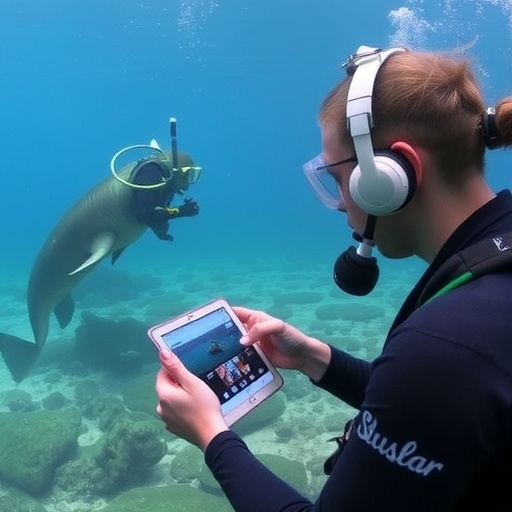In the age of rapid technological advancements, the intersection of social media and environmental monitoring has emerged as an innovative frontier, particularly in the realm of marine conservation. A recent study published in Coral Reefs delves into how social media platforms can be harnessed to observe diving behaviors, anthropogenic pressures on marine ecosystems, and the nuanced interactions between divers and wildlife in the northern Red Sea. This encompasses a critical and evolving approach to understanding the pressures faced by fragile marine habitats.
The authors of the study, Neri, Oren, and Roll, highlight the pressing need for accurate monitoring of diving activities, especially in areas popular among diving enthusiasts. The northern Red Sea is well-known for its biodiversity and coral reef systems, making it a prime location for study. The researchers argue that as diving tourism expands, so too does the potential for human-induced disturbances to these delicate ecosystems. Therefore, monitoring human interactions with marine wildlife is not just valuable but essential to preserving the integrity of these habitats.
Through innovative use of social media analytics, the study aims to bridge a significant gap between recreational diving and conservation efforts. By examining the volume and nature of posts related to diving, the researchers hoped to identify patterns in diver behavior, frequency of visits to sensitive habitats, and any




